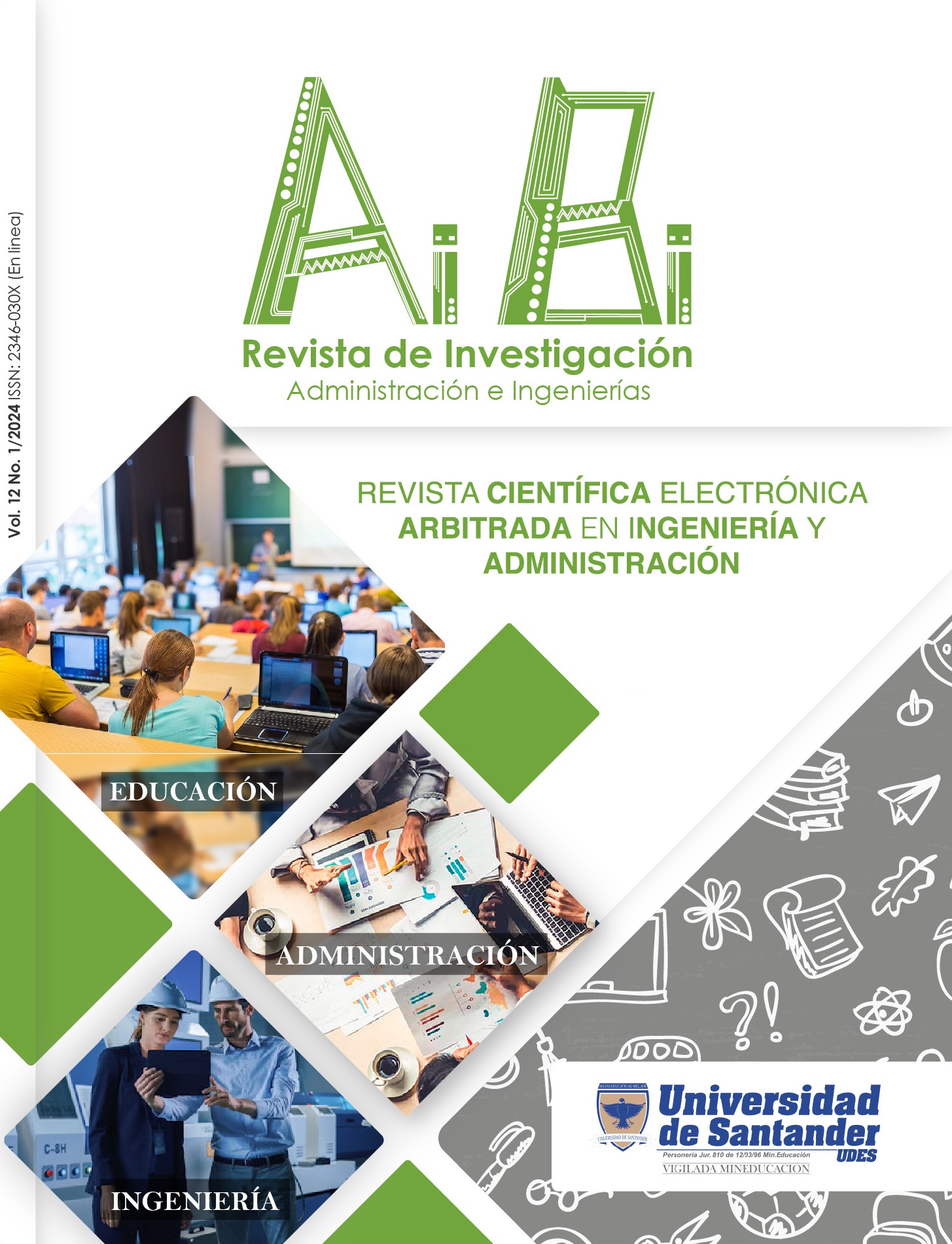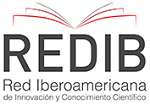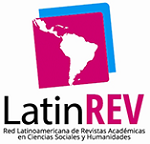Didactic strategy for Engineering Algebra teaching - first iteration
DOI:
https://doi.org/10.15649/2346030X.3456Keywords:
modeling, technology, algebraAbstract
The investigations related to Educational Technology are characterized by an acceleration in the emerging research themes and follow the current trends. This will lead to a lack of attention to the methodological rigor and the complete potential of the Technology in learning processes. The present work addresses the issues of the deficiencies in the specific competencies presented by the students in the engineering assignments related to Algebra by means of the DBR methodology as a general basis for the development of one of its stages, starting with the situation - diagnostic of the problem, taking into account the opinion of experts, the application of an evaluation tool with the main competencies related to Algebra required by the Engineering students and a technology appropriation survey. Then presents the first iteration of design and development of the didactic strategy, which is based on the didactic suitability of the Ontosemiotic Approach (EOS) and uses the NOOC as digital technology that conveys letter with the level Algebra area required by engineering students.
References
Adell, J. (2006). Tendencias en educación en la sociedad de las tecnologías de la información. Edutec. Revista Electrónica De Tecnología Educativa, (7).
Delgado, C. J. D. (2011). Tecnología Meta-Tecnología Educación. Sophía, (11), 31-55.
Area, M. (2009). Introducción a la tecnología educativa. Laguna: Universidad de la Laguna.
Area, M. (2000). Redes multimedia y diseños virtuales. En Actas del III Congreso Internacional de Comunicación, Tecnología y Educación R. Pérez (coord.). Universidad de Oviedo, pp. 128-135.
Puig, L. (1998). Componentes de una historia del álgebra. El texto de al-Khwarizmi restaurado. Investigaciones en matemática educativa II. Universitat de Valencia. Detartament de Didáctica de la matemática, 109-131.
Godino, J. D., Batanero, C. y Font, V. (2007). The onto-semiotic approach to research in mathematics education. ZDM. The International Journal on Mathematics Education, 39 (1-2), 127-135.
Moreno-Reyes, H., Oñate, P. y Alcántara, R. (2016). La modelación matemática como estrategia didáctica para propiciar el aprendizaje, en Modelación Matemática: ingeniería, biología y ciencias sociales. Huajuapan: Universidad Tecnológica de la Mixteca.
Cabero, J. (2015). Visiones educativas sobre los MOOC. RIED: Revista Iberoamericana de Educación a Distancia, 18(2), 39-60.
Palacio, O. J. (2013). Génesis del álgebra. Pedagogía en Acción, 1, 97-100.
Kieran, C. y Filloy, E. (1989): "El aprendizaje del álgebra escolar desde una perspectiva psicológica" en Enseñanza de las Ciencias, 73, pp. 229-240.
Fernández, F. (1997). Aspectos históricos del paso de la aritmética al álgebra. Uno, 14.Valencia, R. (2015). Las TIC como instrumento pedagógico en la educación superior. RIDE (Revista Iberoamericana para la Investigación y el Desarrollo Educativo), 5(9).
Malet, O., Giacomone & Repetto, A. M. (2021). La Idoneidad didáctica como herramienta metodológica: desarrollo y contextos de uso. Revemop, 3, e202110, 1-23.
Godino, J. D. (2013). Indicadores de idoneidad didáctica de procesos de enseñanza y aprendizaje de las matemáticas. Cuadernos de Investigación y Formación en Educación Matemática, 8 (11), 111-132.
Moreno, H. (2017). Valoración de la idoneidad didáctica de un proceso de estudio de Cálculo Diferencial por los estudiantes. En J. M. Contreras, P. Arteaga, G. R. Cañadas, M. M. Gea, B. Giacomone y M. M. López-Martín (Eds.), Actas del Segundo Congreso International Virtual sobre el Enfoque Ontosemiótico del Conocimiento y la Instrucción Matemáticos.
Acosta, M.G.L, Moreno-Reyes, H. (2019). Proceso de modelación algebraica con fundamentos psicopedagógicos en ingeniería: propuesta de desarrollo. En Barragán, F., Palafox, S. y Santiago, A. (Eds.), Modelación Matemática III: Biomatemáticas e Ingeniería. (pp. 200 – 217). Universidad Tecnológica de la Mixteca.
Janvier, C. (1996). Modeling and the initiation into Algebra. En Bednarz et al (Eds.). Approaches to Algebra. Perspectives for Research and Teaching. pp 225- 236. Dordrecht: Kluwer.
Villa, J. A. (2007). La modelación como proceso en el aula de matemáticas. Un marco de referencia y un ejemplo. Tecno Lógicas (19), pp.63,85.
Bassanezi, R. (2002). Ensino-aprendizagem com modelagem matemática, Contexto, São Paulo, Brasil.
Litwin, E. (2008) El oficio de enseñar. Condiciones y contextos. Buenos Aires, editorial Paidos.
Scardigli, M., Bello, C., Cicchini, A., Cuadrado, G., y Sara, A. (2013). Reflexiones sobre la Modelización Matemática como una Práctica de Enseñanza y de Aprendizaje en Carreras de Ingeniería. Revista de Informática Educativa y Medios Audiovisuales, 10(17), 17-21.
Escamilla, J. G. (1998). Metodología de selección y uso de tecnología educativa. Elección y uso de tecnología educativa, 11 – 22.
López, J. (2018). Eduteka - Cómo seleccionar recursos educativos digitales. Recuperado el 20 de noviembre 2018, de http://eduteka.icesi.edu.co/articulos/SeleccionRecursosDigitales.
Clark, D.(2013).MOOCs:taxonomy of 8 types of MOOC. Recuperado de: http://donaldclarkplanb.blogspot.com.es/search?q=MOOCs:+taxonomy.
Coakley, D., Garvey, R., & O’Neill, Í. (2016). Micro-learning-Adopting Digital Pedagogies to Facilitate Technology-Enhanced Teaching and Learning for CPD. Empowering 21st Century Learners Through Holistic and Enterprising Learning (pp. 272-275). Malaysia: Springer Singapore. Recuperado de: https://doi.org/10.1007/978-981-10-4241-6_24.
Gibelli, T. (2014). La investigación basada en diseño para el estudio de una innovación en educación superior que promueve la autorregulación del aprendizaje utilizando TIC. Congreso. Iberoamericano de Ciencia, Tecnología, Innovación y Educación. Buenos Aires, Argentina. Recuperado de: https://docplayer.es/9341961-Congreso-iberoamericano-de-ciencia-tecnologia-innovacion-y-educacion.html.
Jordán, M. (2009). Intervención educativa sobre osteoporosis en la Cátedra Universitaria del Adulto Mayor con el uso de un sitio Web [tesis]. Matanzas: Universidad de Ciencias Médicas de Matanzas.
Brown, A.L. (1992). Design experiments: Theoretical and methodological challenges in creating complex interventions in classroom settings. The Journal of The Learning Sciences, 2(2), 141-178.
Godino, J. D. (2021). De la ingeniería a la idoneidad didáctica en educación matemática. Revemop, e202129, 1-26, 2021.
Benito, B., y Salinas, J. (2016). World Café Cmaps para la elicitación y transferencia de conocimiento entre docentes universitarios. En Proceedings of the 7th International Conference on Concept Mapping.
Barab, S., Squire, K. (2004). Design-based research: putting a stake in the ground. Journal of the Learning Sciences, 13(1), 1-14.
Brown, A.L. (1992). Design experiments: Theoretical and methodological challenges in creating complex interventions in classroom settings. The Journal of The Learning Sciences, 2(2), 141-178.
Large, M. (8 de febrero de 2015). Design-Based Research [Mensaje en un blog]. Balancing on the Leading Edge. Recuperado de: http://balancingontheleadingedge.blogspot.com/2015/02/i-am-currently-taking-class-in-design.html.
Abrate, R., Pochulu, M. y Vargas, J. (2006). Errores y dificultades en Matemática: Análisis de causas y sugerencias de trabajo [versión digital pdf]. Buenos Aires, Argentina: Universidad Nacional de Villa María. Recuperado de http://unvm.galeon.com/Libro1.pdf.
Fischer, H., Dreisiebner, S., Franken, O., Ebner, M., Kopp, M., y Köhler, T. (2014). Revenue vs. Costs of MOOC Platforms. Discussion of Business Models for xMOOC Providers Based on Empirical Findings and Experiences During Implementation of the Project iMOOX In 7th International Conference of Education, Research and Innovation (ICERI2014). IATED (pp. 2991-3000).
Downloads
Published
How to Cite
Issue
Section
Altmetrics
Downloads
License
Copyright (c) 2024 AiBi Journal of Research, Administration and Engineering

This work is licensed under a Creative Commons Attribution 4.0 International License.
The journal offers open access under a Creative Commons Attibution License

This work is under license Creative Commons Attribution (CC BY 4.0).












